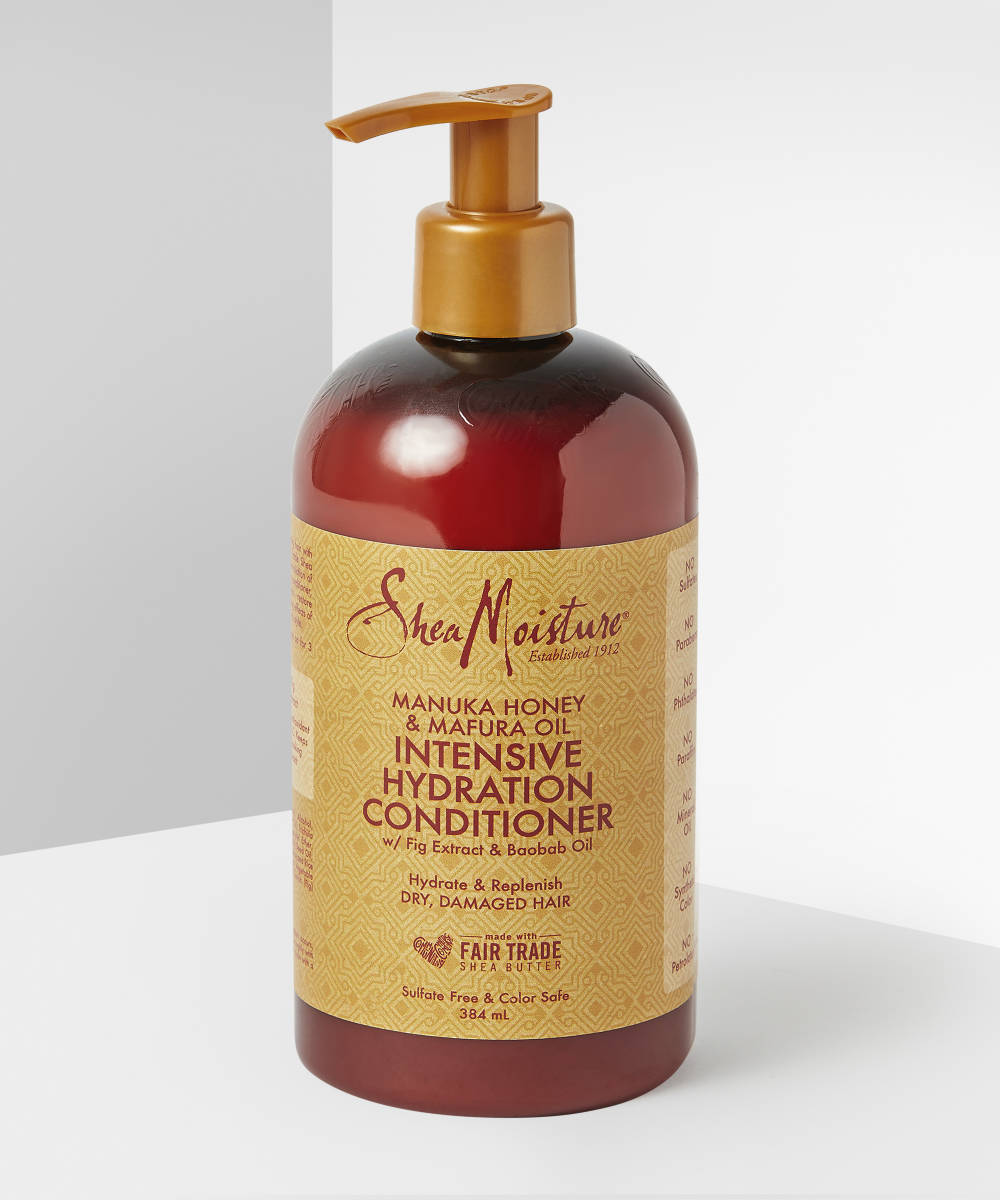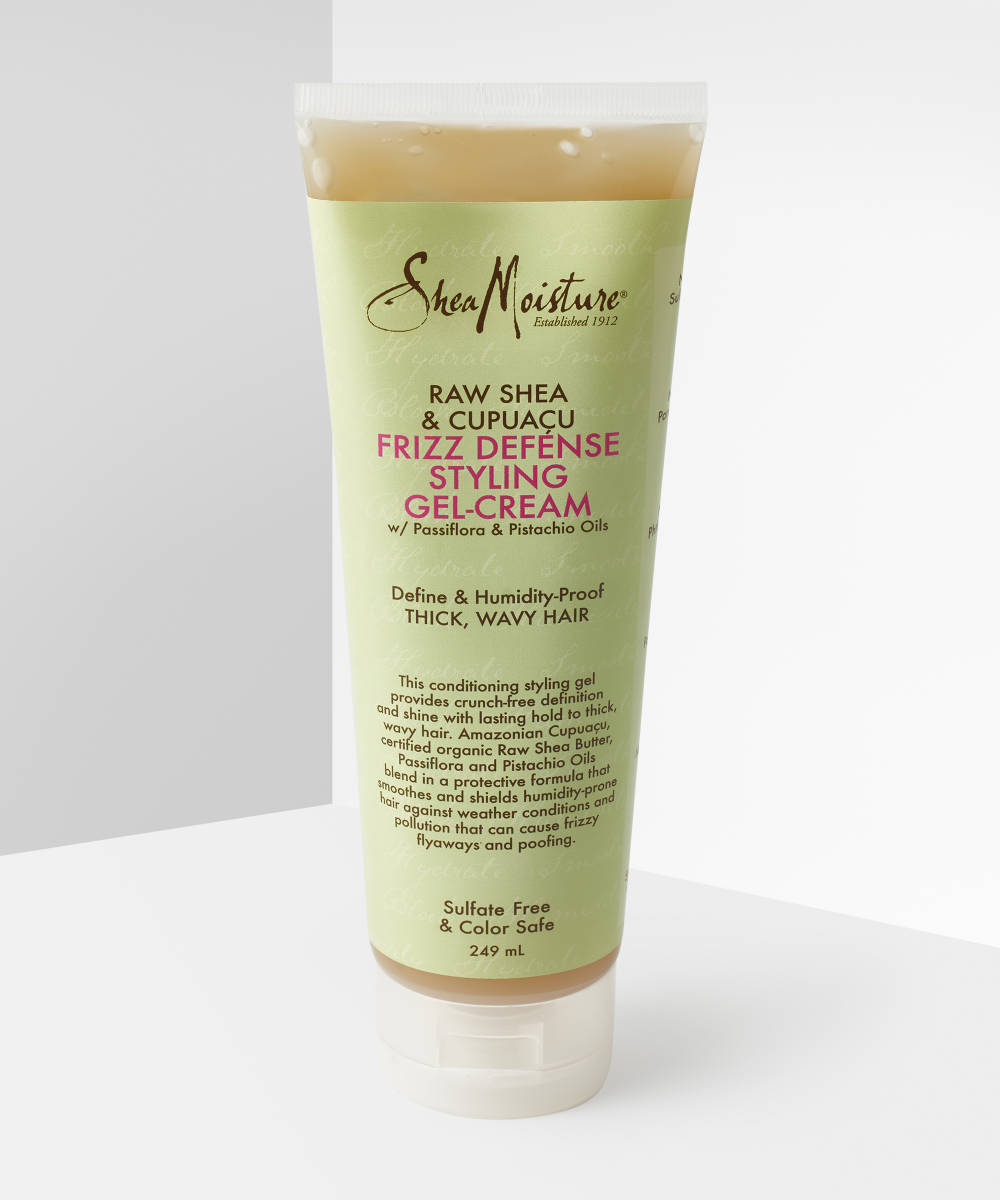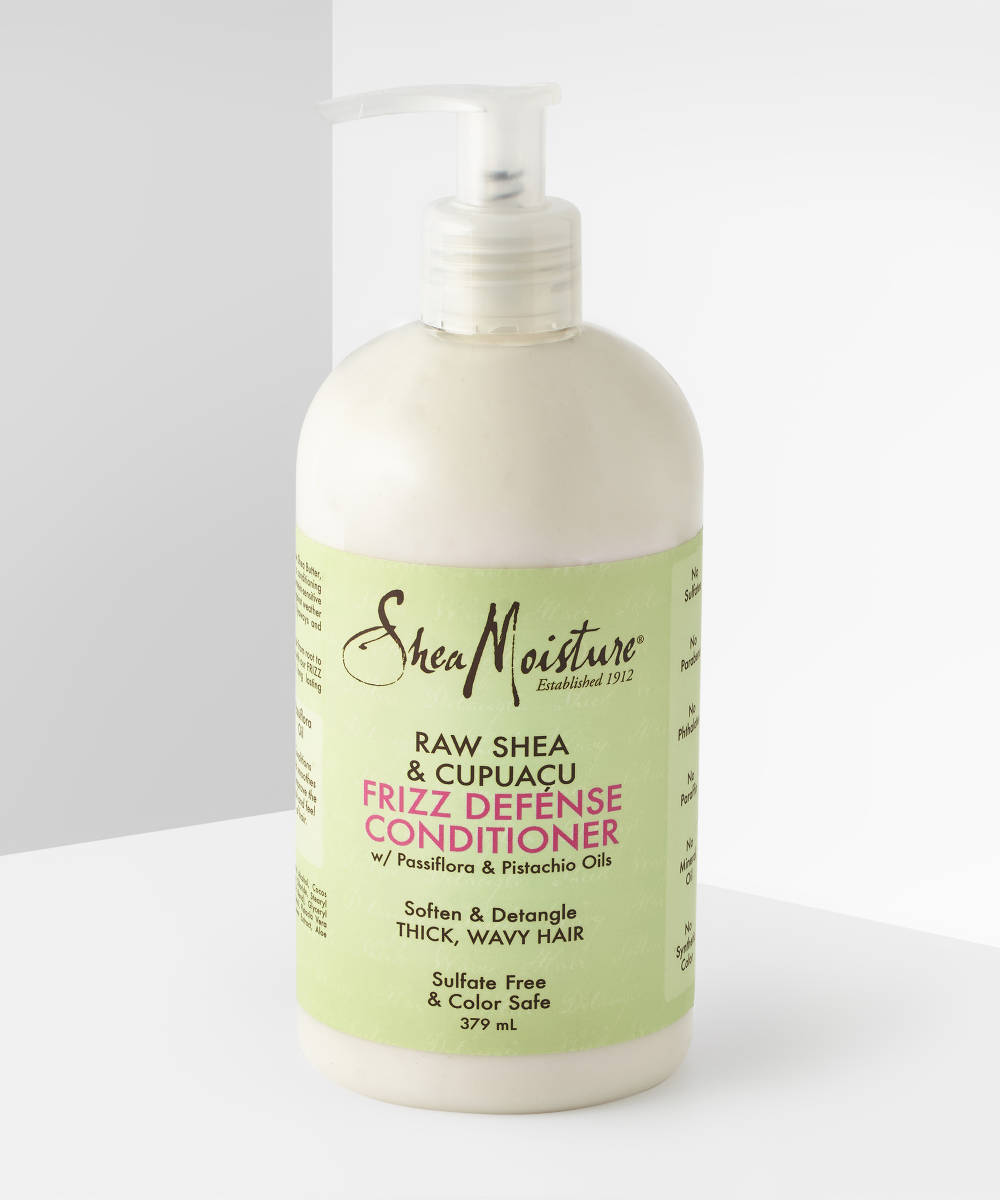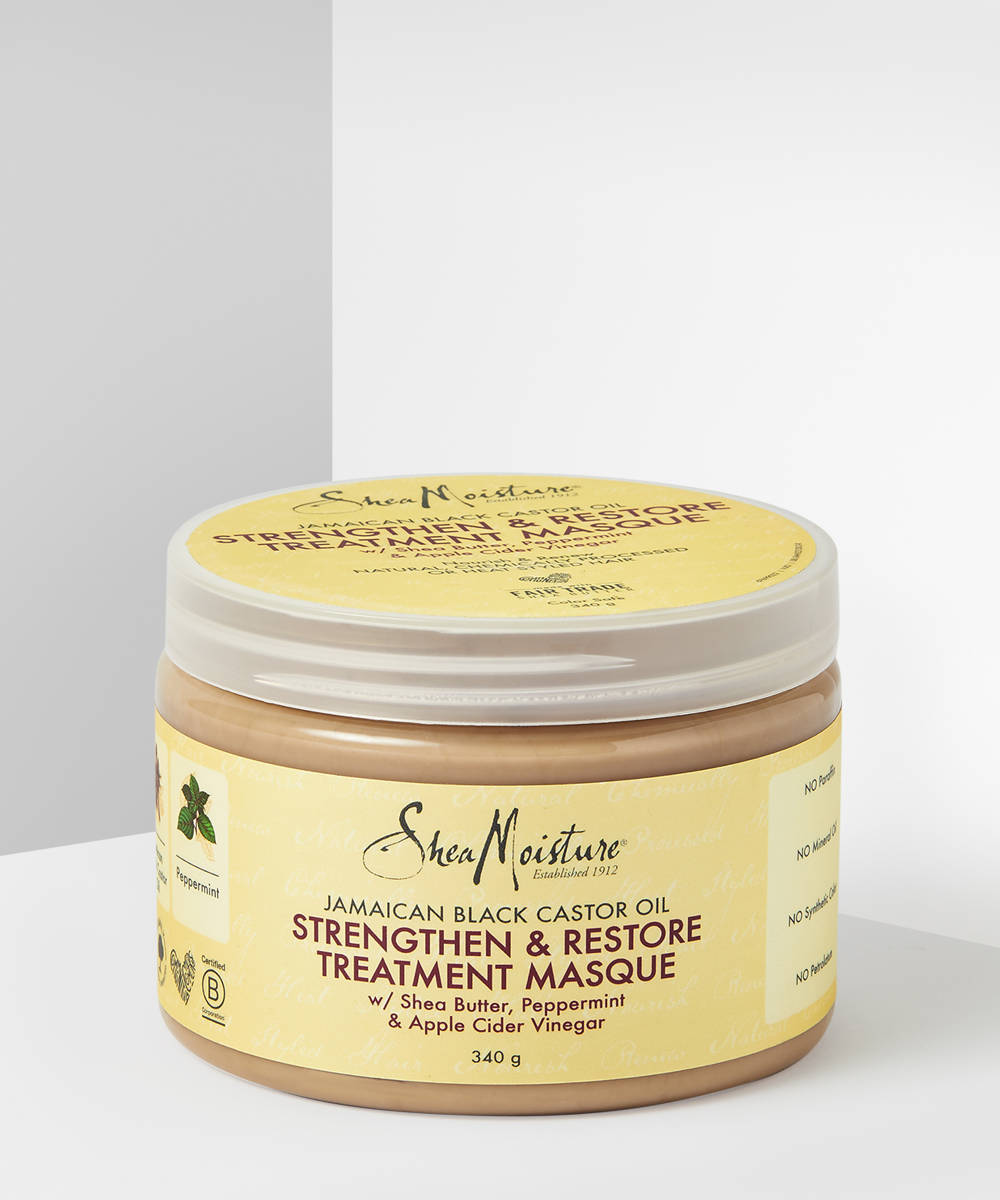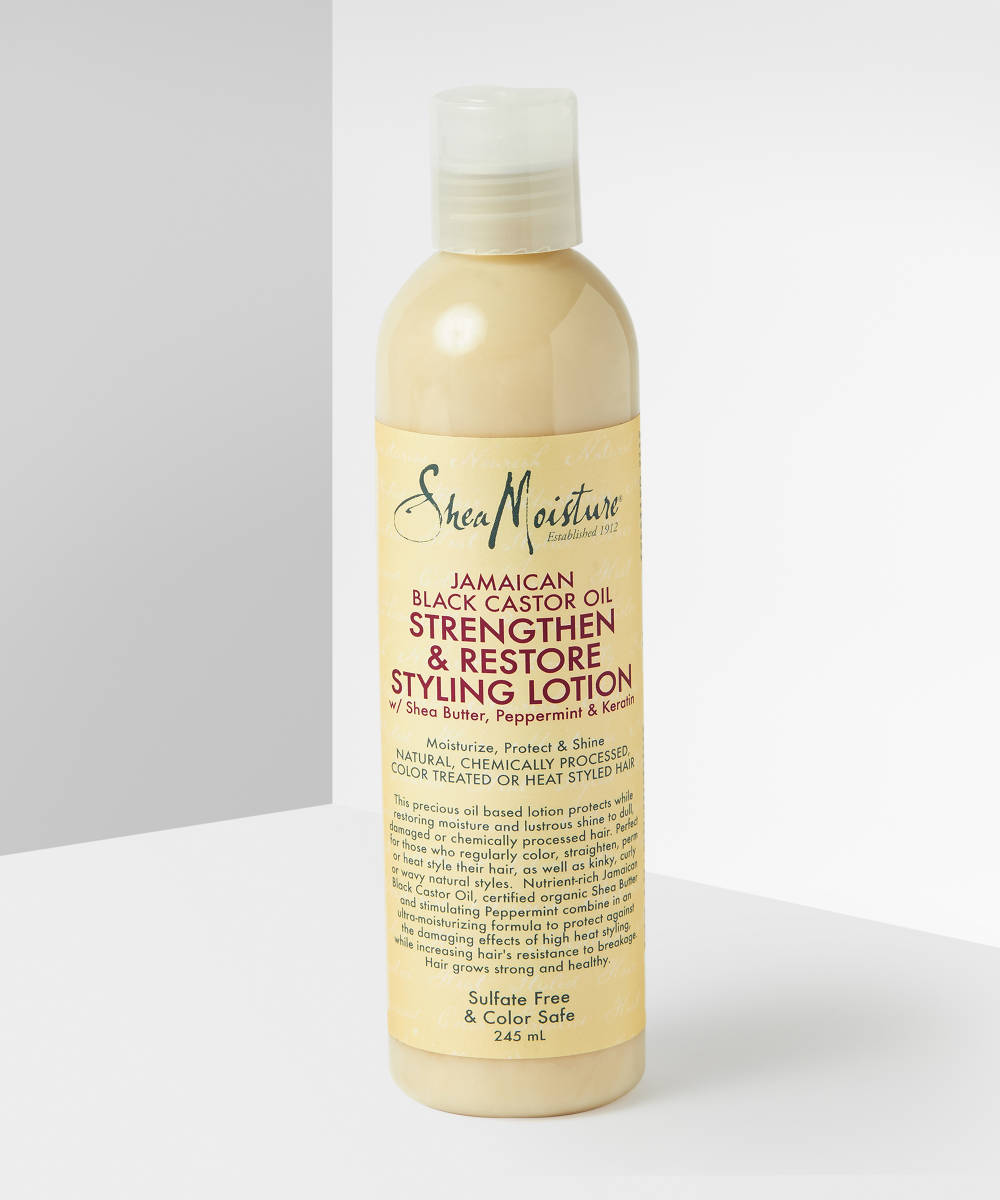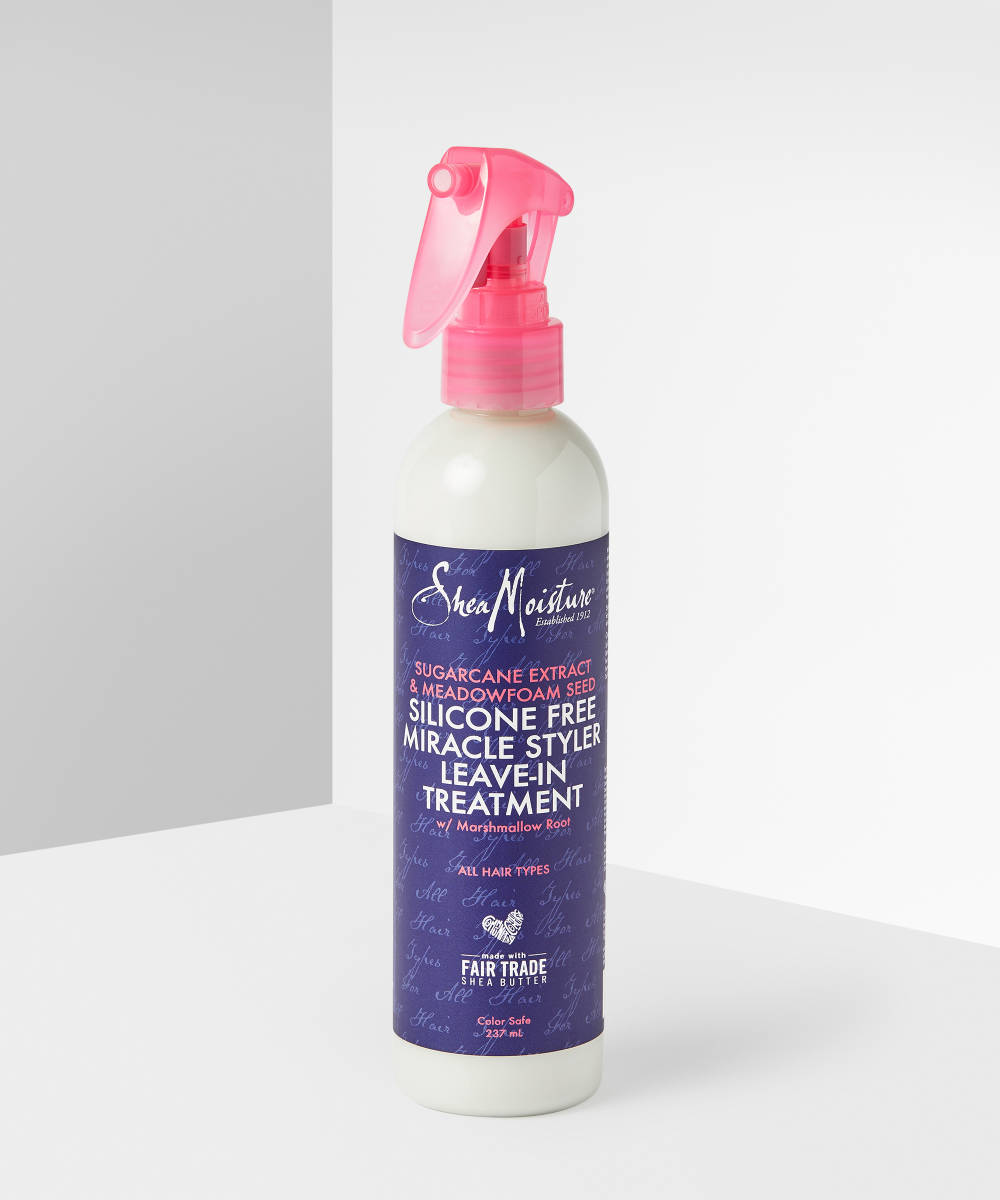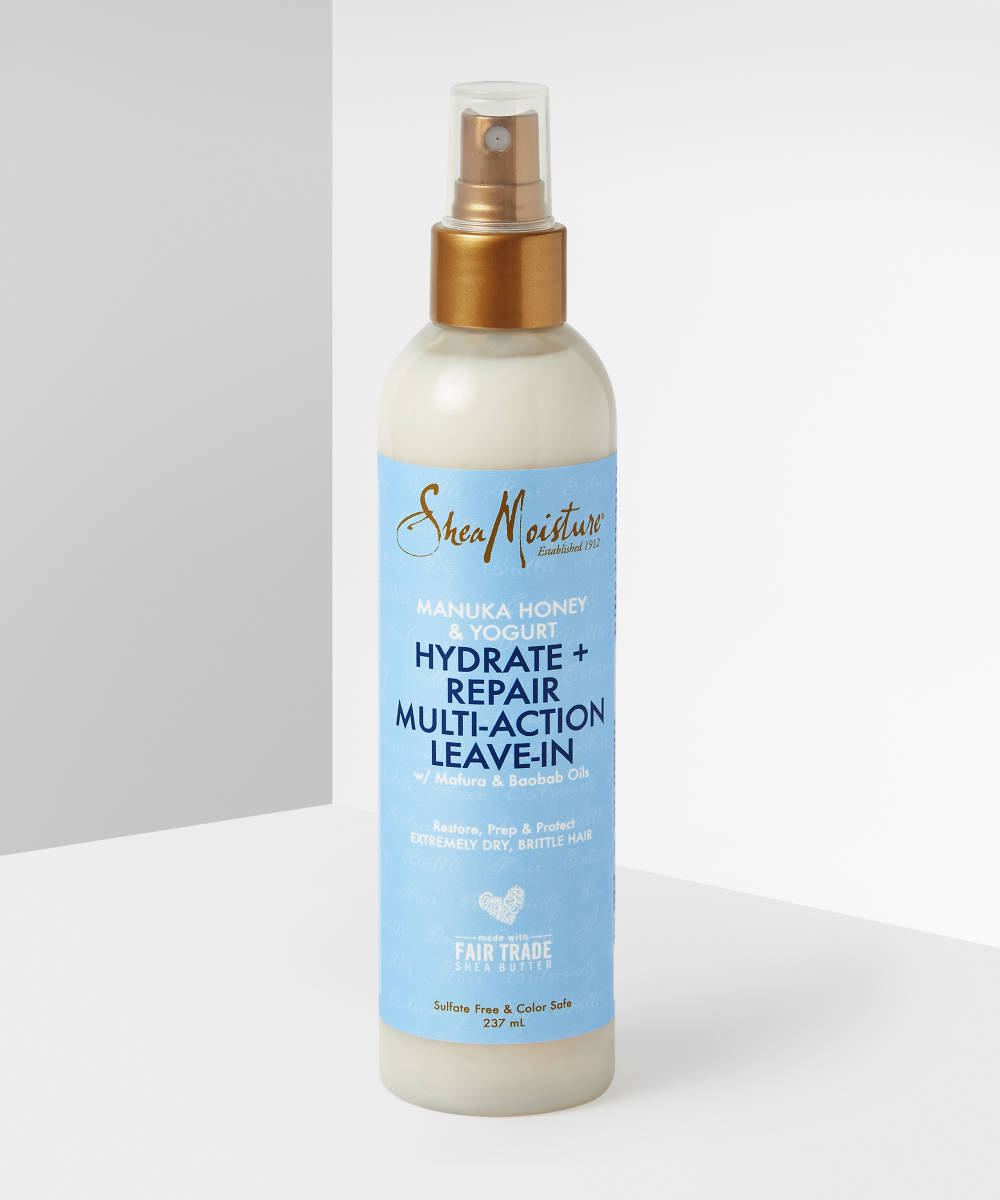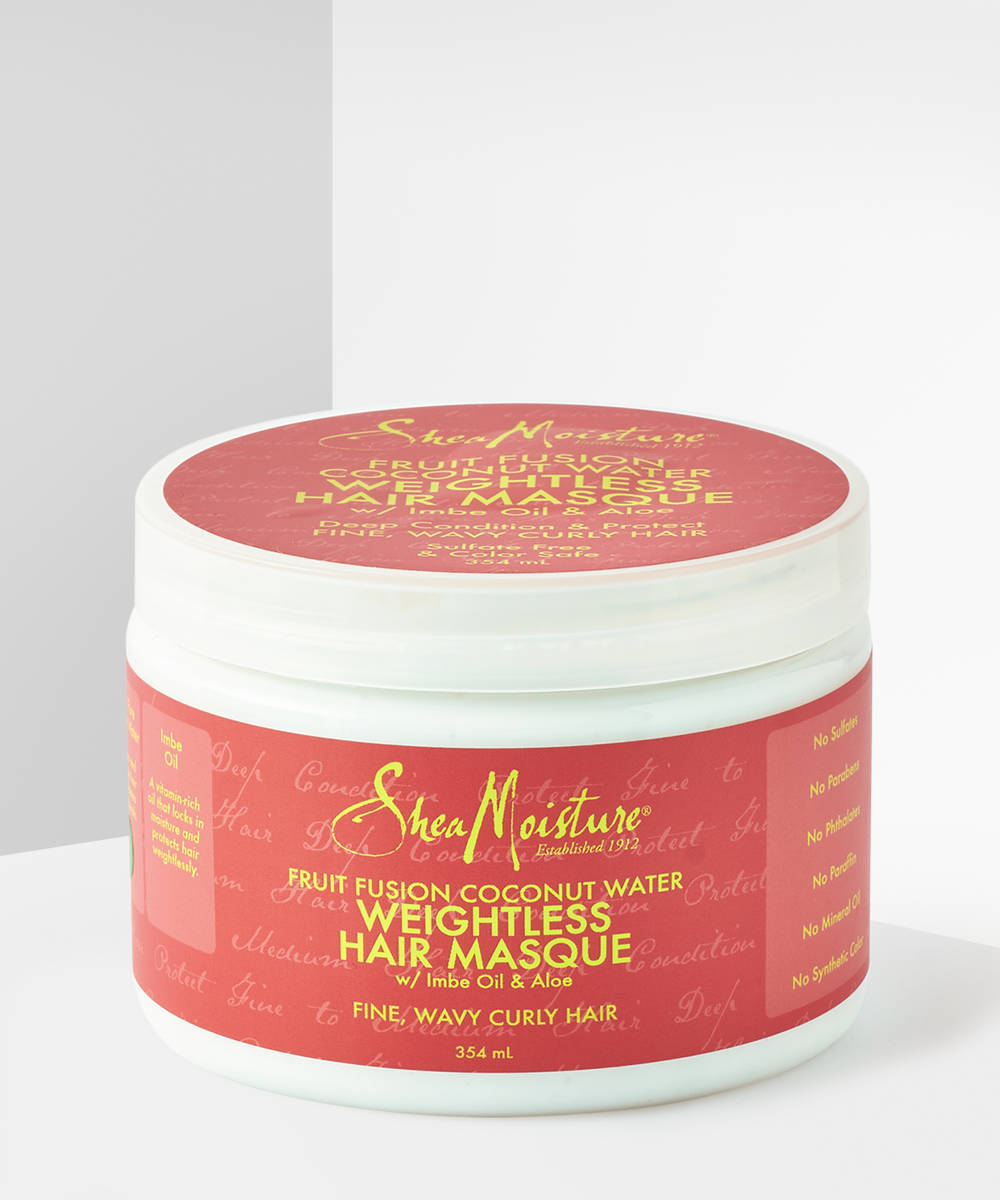We all know that everyone’s hair is different, based on whether it’s thick or thin, straight or curly, long or short, but hair porosity is a lesser known factor to consider when it comes to taking care of your hair. Stefan Bertin, Brand Ambassador at Shea Moisture says “When we talk about porosity, we’re basically referring to how well our hair is able to absorb and hold on to water or moisture. The outermost part of our hair, or the layer known as the cuticle is what determines how porous your hair is. It determines how much water, how much moisture, how much oil passes in and out of your hair. It exists on a spectrum so you can have low porosity, medium porosity and you can have high porosity.”
So, what determines hair porosity and how do you determine what yours is?
“Porosity is often genetic but can also be affected by hormones and age. External factors such as heat, chemical processing, colouring, relaxing, perming, texturising can also affect your porosity” explains Stefan. “Low porosity hair has a tightly packed cuticle. It takes ages to dry and it takes ages to get completely wet even when submerged in water. It doesn’t really absorb conditioner very well, it can be resistant and stubborn towards any chemical processing. It is often very shiny and often very healthy.”
Sound familiar? Here are Stefan’s top tips for treating low porosity hair.
– Make sure you are washing with water that is quite warm. Warm water will encourage the cuticle to open and allow absorption of the conditioner that will follow.
– Try covering your hair with a plastic cap while it has conditioner or deep conditioner on. By doing that, you will trap the heat in and help your cuticle open even further.
– Dilute your conditioner. A lot of the time a conditioner will be too thick to work its way into low porosity hair. But if it’s mixed with water, it becomes thinner and it can work its way through the gaps in the cuticle.
– The products you will want to gravitate towards will have ingredients like honey or glycerin in them. They will draw moisture into your hair where sometimes oils will sit on top.
– Stay away from strengthening products or just using them sparingly if you have low porosity hair. Your hair and cuticle will already naturally have that strength and integrity so adding more can cause it to become brittle. Grab lighter products like sprays, milks, and lotions.
But what about high porosity hair?
“If you were to look at hair that’s highly porous under a microscope, you would see a hair fibre that has lots of holes or gaps in the cuticle” Stefan explains. “Now, you’d think that those holes are good because it means that your hair can absorb moisture really easily but just as easily as its absorbed, it also easily leaks out. If your hair tends to be frizzy, tangles easily, lacks shine or looks dull, if it gets completely wet in the shower very quickly and then also dries super-fast, if your hair sucks up product and it feels like you can’t put enough on, if it looks and feels dry, I would say you have highly porous hair.”
These are Stefan’s top tips if you think you have high porosity hair.
– Heavier, richer products will be your friend. Think oils, butters and creams. I would also suggest using sulphate free products as sulphates can be overly drying and can pull too much moisture from hair.
– Use cooler water to wash hair so as not to encourage the cuticle opening any further, and always finish with a very cold rinse at the end which will help to close down that cuticle.
– Finishing with a product to seal is also a good idea. Coconut oil is a great finishing oil, as is avocado oil and argan oil.
Still confused?
According to Stefan, there are also some people who sit in the middle who would be described as having medium porosity hair. “This is the lucky spot as the cuticles aren’t too close together, but aren’t too open either” he explains. “This allows moisture to penetrate easily, and it also makes it easier to retain moisture for a longer period of time. Medium porosity hair is usually hair that is the most resilient and often the type of hair that requires the least amount of maintenance.”
If this sounds familiar, here’s Stefan’s advice.
The best thing you can do for medium porosity hair is to avoid the overuse of styling treatments, and any chemical treatments as you want to avoid damaging and weakening your hair. Incorporate hydrating and deep conditioners into your weekly regime, and don’t be afraid of oils – your cuticle can handle it.

